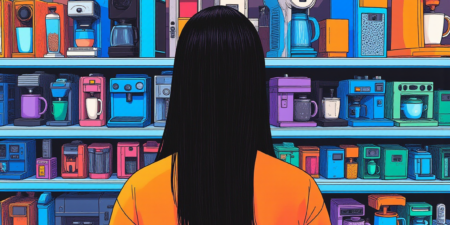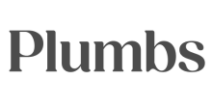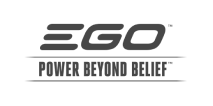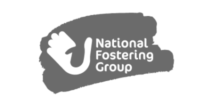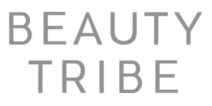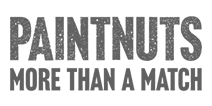Ready to explore the possibilities?
Request a quick call with our team to find out how the Innovation Explorer program can help your business take its next big leap into AI and automation.
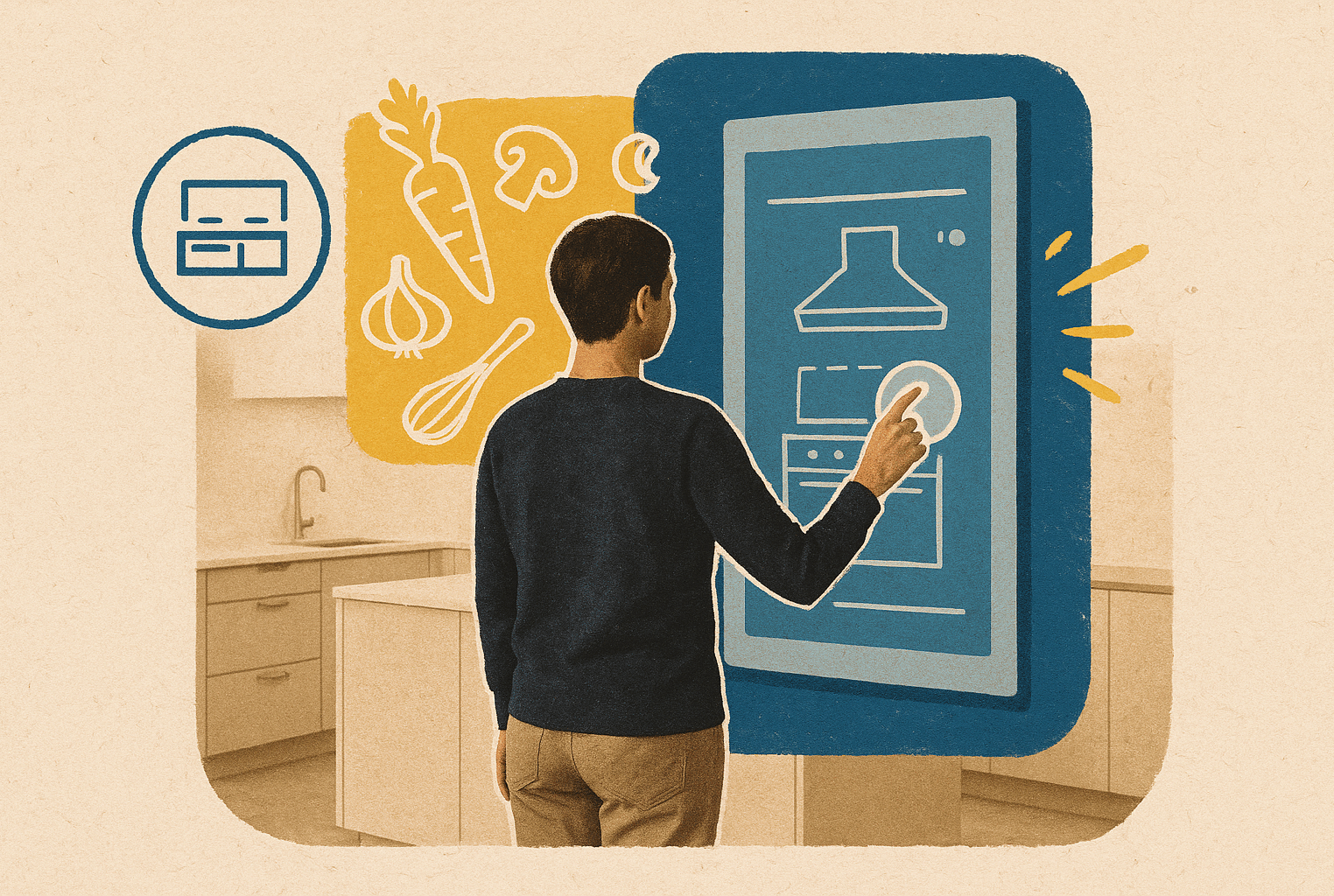
How KBB Brands Can Stay Visible in the AI era
The Search Squeeze: Why AI Is Changing Everything
 If you’ve spent the last decade riding the Google wave to showroom appointments, you might be feeling a chill. For kitchen, bathroom, and bedroom brands (KBB), organic search is getting squeezed from two sides: on one hand, AI-answers are capturing more clicks within search results, and on the other, the cost of paid traffic is rising just when competition is stiffest.
If you’ve spent the last decade riding the Google wave to showroom appointments, you might be feeling a chill. For kitchen, bathroom, and bedroom brands (KBB), organic search is getting squeezed from two sides: on one hand, AI-answers are capturing more clicks within search results, and on the other, the cost of paid traffic is rising just when competition is stiffest.
The result? Fewer visitors reach your website, let alone your showroom. For many KBB retailers, that means fewer qualified leads and a less predictable sales pipeline. That’s not alarmism, it’s the reality as AI reshapes how people find inspiration, plan projects and ultimately, decide who to trust with their next home investment.
The good news: KBB marketers are nothing if not creative. In this piece, I speak to the Door4 team, who are in the weeds, all day, every day, working on client accounts and seeing these changes live. We’ll break down practical ways to diversify your acquisition channels, protect your pipeline, and keep your brand front-of-mind – even as search evolves under AI’s watchful gaze.
Why Diversification Matters Now More Than Ever
There’s an old saying in marketing: don’t put all your eggs in one basket. For years, Google was the world’s biggest basket, especially for high-value, inspiration-driven purchases like kitchens and bathrooms. But when Google’s basket starts to shrink, the risk of over-reliance can’t be ignored.
Traditionally a strong SEO presence supported by bottom-of-funnel paid activity was enough to stay visible and profitable. For KBB brands the market tends to split between those that are brand led and those that are price led. Brand led businesses are better positioned because they can demonstrate value and trust in a changing Google landscape, while price led businesses will struggle if they continue to neglect brand.— Tom Morton, Head of Activation at Door4
Diversification is more than tactical insurance, it’s a source of growth and resilience. Here’s why:
- Inspiration journeys start before Google. Potential customers don’t wake up searching ‘best kitchen installer near me.’ They often look for ideas and trends on platforms like Instagram or Pinterest first.
- Visibility equals viability. Your brand needs to be where inspiration strikes, not just where people compare prices.
- A single seismic shift in Google’s algorithm (like AI answers pushing you further down the page) can erase your pipeline overnight. Spreading risk is just good business sense.
Where to now?
Key Alternative Channels in 2025
There’s no one magic lever. Instead, successful KBB brands are weaving together channels that get attention and build trust long before a Google search. Here’s how:
1. Social Commerce & Visual Platforms
If your product is visual, your marketing should be too. Instagram, Pinterest, and TikTok aren’t just for influencers—they’re playgrounds for home inspiration. Shoppable posts, mood-board Pins, time-lapse kitchen transformations on TikTok: these are the touchpoints that spark imagination and intent, then drive action.
The amount of users who scroll social media platforms when seeking inspiration, planning room layouts, looking for interior trends when it comes to kitchens, bathrooms and bedrooms is huge, so marketers should be tapping into this. If you’re not present in those stages, they won’t think of you when they come to buy.— Beth Moore, Door4
This isn’t about vanity metrics. Targeted paid media can put your brand in front of the right audience while they’re dreaming—then remarketing brings them back when they’re ready to act.
2. Marketplaces & Direct-to-Consumer (D2C)
Standalone brand websites aren’t the only shopfront now. Platforms like Houzz and Wayfair are not just for browsing, they’re part of the research journey. Listing your products with clear calls to action, reviews, and project inspiration makes it easier to capture leads who do their comparison shopping elsewhere.
Bonus: Many KBB brands now use these marketplaces to funnel prospects into D2C experiences, combining trusted e-commerce infrastructure with bespoke brand content that warms up cold traffic.
3. Influencer & Branded Content
Think beyond celebrity endorsement. Real authority comes from interior designers, DIY influencers, and even microbloggers who document their remodel. Their walkthroughs, before-and-after reels, and product trials convince in ways banner ads never could. These partnerships work best when joined up with your paid and organic social strategies.
In an ideal world, brands should be focusing higher up the funnel… when people are still living or learning, then we should be present. Granted, it’s becoming more difficult to be seen on organic social pages; therefore, this is when targeted paid media on those channels comes in.— Beth Moore, Door4
How to Make It Work: Integration & Commercial Outcomes
It’s not enough to scatter campaigns across new channels and hope for the best. The winners join up paid, earned, and owned media—tracking what’s working, what’s duplicative, and what’s genuinely driving enquiries. If you’re not measuring assisted conversions and attribution across your funnel, you’re flying blind.
Paid campaigns can work well with organic channels as with both of these channels websites are able to dominate the serp. It is essential that there is alignment… the ability to get volume at an instant from paid can help SEOs, as the search term data can be invaluable to SEOs helping inform decision making for strategy.— Liam Driver, Door4
A tight approach to integration lets you:
- Avoid cannibalisation—by coordinating creative and budgets across channels
- Track leads accurately—with call tracking, UTM tagging, and CRM integration
- Optimise continuously—using AI tools to spot shifts in channel performance, audience behaviour, and campaign ROI
The result is marketing that stands up to channel volatility, and doesn’t rely on hoping for a Google windfall.
Quick Takeaways: What to Do Next
If you’re reading this thinking your showroom pipeline is too search-dependent, you’re not alone. Here are practical first steps:
Audit your enquiry sources. Break down recent leads by channel. If four in five come from organic search, you’ve got a single point of failure.
Test 1–2 new channels. Pick inspiration-led formats—like Instagram Reels or Pinterest mood boards—that showcase your expertise and design flair.
Align paid and organic. Make sure keyword targeting, messaging, and creative reinforce each other. Use paid search to test which messages convert before committing to full-scale organic content.
Measure more than clicks. Track showroom visits, calls, and all assisted conversions right through to revenue.
Collaborate with specialists. Agencies with cross-channel insight can spot blind spots and new opportunities, helping you experiment safely and quickly.
The benefit? A marketing mix that’s more resilient, less volatile, and firmly rooted in the way real people now discover, explore, and decide. Visibility isn’t about being everywhere—it’s about being where it counts, at the right moment.
Contributors
Tom Morton, Head of Activation, Door4
Liam Driver, Paid Media Specialist, Door4
Beth Moore, Head of Client Services, Door4
-
 06.01.2025|Intrigued by paid social media but unsure where to focus? This strategic guide delves into the benefits and nuances of various platforms, from TikTok's dynamic engagement to LinkedIn's B2B precision.
06.01.2025|Intrigued by paid social media but unsure where to focus? This strategic guide delves into the benefits and nuances of various platforms, from TikTok's dynamic engagement to LinkedIn's B2B precision. -
 10.01.2025|Navigating the world of Paid Social requires not just budgeting but also a dash of creativity. Carly Tallentire, Account Manager here at Door4 reveals the power of forecasting, experimentation, and knowing your audience, showcasing a blend of art and science in marketing.
10.01.2025|Navigating the world of Paid Social requires not just budgeting but also a dash of creativity. Carly Tallentire, Account Manager here at Door4 reveals the power of forecasting, experimentation, and knowing your audience, showcasing a blend of art and science in marketing. -
 29.04.2025|Search is evolving - are we keeping up? OpenAI has introduced shopping capabilities within ChatGPT. Users can now ask questions and receive direct product recommendations, drawing from Microsoft and Meta feeds.
29.04.2025|Search is evolving - are we keeping up? OpenAI has introduced shopping capabilities within ChatGPT. Users can now ask questions and receive direct product recommendations, drawing from Microsoft and Meta feeds.
Door4 opinions and insight.
We have a lot to talk about.Our latest articles, features and ramblings.
We explore performance marketing, AI, communications and optimisation.
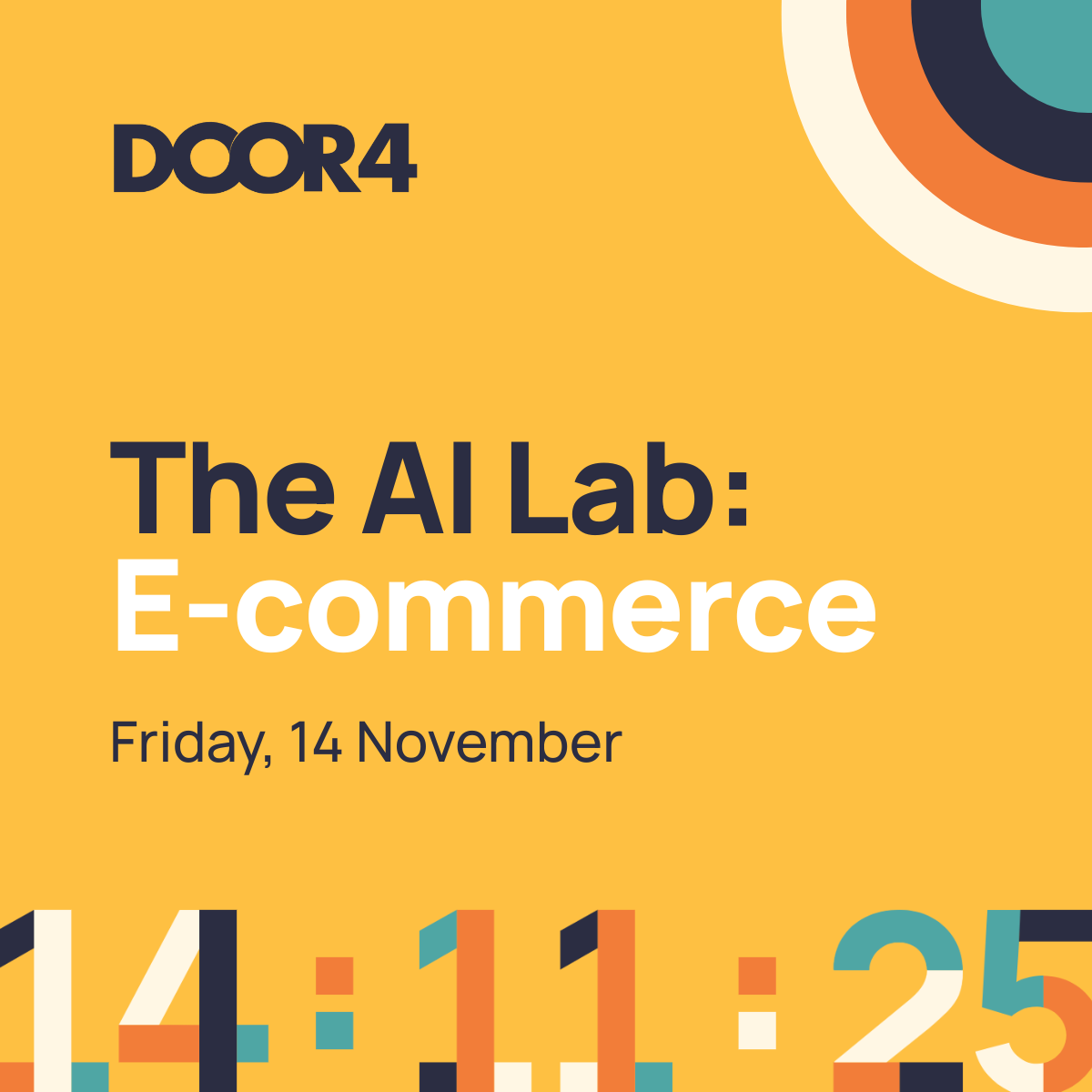

 Traditionally a strong SEO presence supported by bottom-of-funnel paid activity was enough to stay visible and profitable. For KBB brands the market tends to split between those that are brand led and those that are price led. Brand led businesses are better positioned because they can demonstrate value and trust in a changing Google landscape, while price led businesses will struggle if they continue to neglect brand.— Tom Morton, Head of Activation at Door4
Traditionally a strong SEO presence supported by bottom-of-funnel paid activity was enough to stay visible and profitable. For KBB brands the market tends to split between those that are brand led and those that are price led. Brand led businesses are better positioned because they can demonstrate value and trust in a changing Google landscape, while price led businesses will struggle if they continue to neglect brand.— Tom Morton, Head of Activation at Door4 The amount of users who scroll social media platforms when seeking inspiration, planning room layouts, looking for interior trends when it comes to kitchens, bathrooms and bedrooms is huge, so marketers should be tapping into this. If you’re not present in those stages, they won’t think of you when they come to buy.— Beth Moore, Door4
The amount of users who scroll social media platforms when seeking inspiration, planning room layouts, looking for interior trends when it comes to kitchens, bathrooms and bedrooms is huge, so marketers should be tapping into this. If you’re not present in those stages, they won’t think of you when they come to buy.— Beth Moore, Door4

